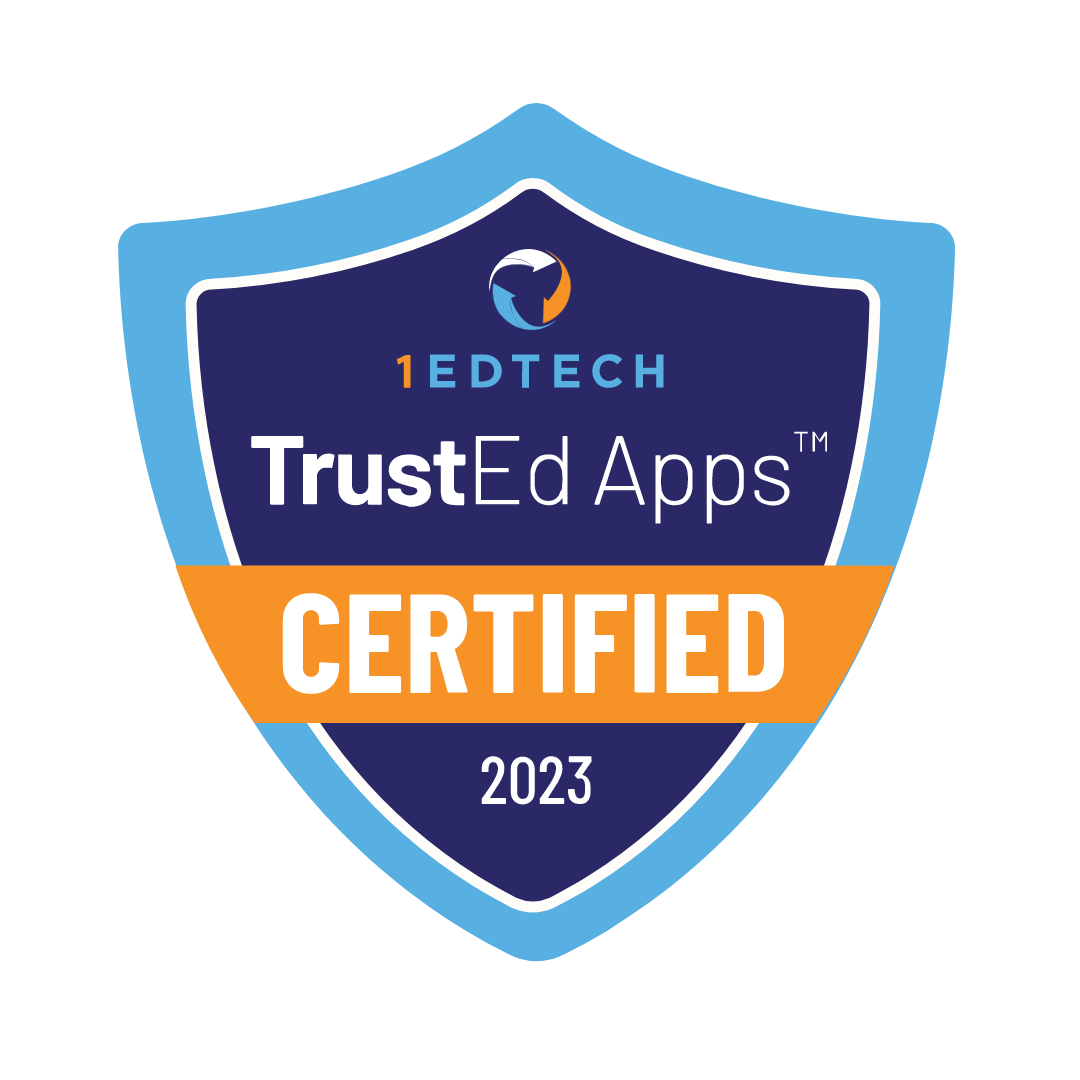Contents
- 1 Overcoming Challenges in Online Elementary School
- 1.1 Technological Barriers and Issues
- 1.2 Student’s Engagement
- 1.3 Social Challenges and Remedies
- 1.4 Difficulties in Concentration and Motivation
- 1.5 Limited Access to Devices
- 1.6 Managing Software and Platforms
- 1.7 Academic Challenges
- 1.8 Identifying Learning Gaps
- 1.9 Adapting to Individual Needs
- 1.10 Parental Involvement
- 2 Teachers’ Role in Overcoming Challenges in Online Elementary School
- 3 Harnessing the Benefits of Online Elementary School
- 4 Conclusion
Online elementary schools are drawing in more students. Some students succeed, others don’t. We’ll talk about the challenges kids face and how to overcome them.

Online elementary school is a virtual school for young students, typically from kindergarten to 5th or 6th grade. Students receive their education through online platforms instead of attending a physical school. Many students find online education challenging. The good thing is these challenges aren’t so scary. All challenges can be overcome.
Overcoming Challenges in Online Elementary School
|
Parents, Take Note
The research “Elementary Students Learning Online: Instructional Best Practices for Engagement and Ideal Characteristics for Online Learning” was conducted by Keyaneshia Richmond. The research provides the following key details:
|
Overcoming challenges in online elementary school involves addressing issues across several key areas. We’ll explore the ten most common areas.
Technological Barriers and Issues
Technological barriers and issues are common challenges in online education. These issues disrupt the learning process and cause frustration. We will look at four main technological barriers and issues.
| ISSUE | SOLUTION |
|---|---|
| Inconsistent or slow internet | Parents upgrade their internet plan or use a better router. Parents set up a mobile hotspot as a backup |
| Trouble logging in or using online tools | Students and parents learn basic troubleshooting steps. They check out Google Classroom Help Center for tutorials |
| Lack of basic computer skills | Parents help children practice digital skills. They use Code.org or DigitalLearn to improve their comfort with technology |
| Cyber threats | Parents teach children about safe online practices and enable parental controls. Parents read recommendations at StaySafeOnline.org |

Student’s Engagement
Students find it hard to stay focused and motivated during lessons. We will cover three student’s engagement problems.
| ISSUE | SOLUTION |
|---|---|
| Students feel unmotivated to participate in online classes or complete assignments | Set clear goals and use rewards. Integrate activities matching the student’s interests to keep them engaged |
| Students watch videos or listening to lectures without active participation | Incorporate interactive elements. These elements include quizzes, group projects, and hands-on activities |
| Boredom and decreased engagement | Mix up learning activities, use multimedia resources, and let students pick some of their assignments |
Social Challenges and Remedies
Students experience social isolation due to the lack of face-to-face interaction. We will cover seven major student problems and offer solutions for them.
| ISSUE | SOLUTION |
|---|---|
| Students miss natural social interactions | Schedule virtual meetups or playdates with classmates. Encourage student’s participation in online clubs or group activities |
| Students struggle to form and keep friendships | Encourage students to join virtual study groups or collaborative projects. Use social media or messaging apps (under parental supervision) to stay in touch with peers |
| Students feel lonely and isolated | Create opportunities for social interaction. These opportunities include virtual game nights or collaborative projects. Encourage students to share their feelings with family members or a trusted adult |
| Students have misunderstandings or conflicts | Teach students clear communication skills. Encourage them to seek help from teachers or parents when conflicts arise |
| Students have fewer chances to work in teams | Encourage student’s participation in group assignments or projects. Use video conferencing tools to facilitate student’s teamwork and communication |
| Students lack the development of important social skills | Role-play social scenarios at home. Encourage student’s participation in virtual extracurricular activities. Legacy Online School offers students these activities and clubs. Legacy Online School has clubs like Coding, STEM, Art, and Language and Culture |
| Cyberbullying | Monitor student’s online interactions closely. Educate students about the dangers of cyberbullying |
Difficulties in Concentration and Motivation
Students face challenges in maintaining concentration and motivation. We will cover five main problems and offer solutions.
| ISSUE | SOLUTION |
|---|---|
| Distractions at home | Create a dedicated, quiet study space. Establish clear boundaries with family members during school hours |
| Online learning less engaging compared to in-person classes | Integrate elements of gamification. Use Habitica (Android, iOS) to make lessons more engaging |
| Prolonged screen time lead to fatigue | Follow the 20-20-20 rule. Every 20 minutes, take a 20-second break from the screen to look at something 20 feet away |
| Problems with managing schedules and assignments | Use Trello to keep track of assignments and deadlines |
| Loss of motivation without quick feedback | Set short-term goals with rewards. Use Kahoot! to get immediate feedback |
Limited Access to Devices
Not every student has access to a dedicated device for online learning. It makes it difficult for students to participate in classes and complete assignments.
Parents buy a new device or share a family device. Parents look into programs for affordable devices. These programs include device loan programs offered by schools, local community resources, or donation programs for refurbished devices.
Managing Software and Platforms
Navigating multiple online learning platforms and software is confusing and overwhelming for students and parents.
Parents create a centralized list of login details, links, and instructions for each platform. Parents encourage students to familiarize themselves with the platforms by exploring their features and settings. Parents update software regularly to avoid compatibility issues.
Students and parents take advantage of tutorials and support resources provided by the school.
Academic Challenges
Students struggle with understanding concepts or keeping up with the academic demands of online learning. These issues lead them to frustration and lower performance.
Parents provide support by setting up regular study sessions. They break down complex topics into more manageable parts. Parents encourage students to ask questions during virtual classes and seek help from teachers during office hours. They establish a consistent study routine to help students stay on track with their academic goals.
Identifying Learning Gaps
Students develop learning gaps due to the challenges of online education. These problems lead them to difficulties in understanding new material.
Parents review their child’s work and progress regularly to identify gaps. Parents encourage open communication between the student and teacher to address these gaps early. Parents and students utilize diagnostic tools or assessments offered by the school to pinpoint specific learning gaps.
Adapting to Individual Needs
Some students have special needs. Online education doesn’t always address these issues.
Parents work with teachers to tailor the learning experience to their child’s needs. Parents request modifications or accommodations. This request includes extended time on assignments or alternative formats for materials. Parents provide a variety of learning resources. These resources include videos, hands-on activities, and interactive exercises to match the child’s preferred learning style.
Parents monitor student’s progress and adjust strategies regularly. This helps to ensure the student remains engaged and successful.
Parental Involvement
Limited parental involvement in online learning leads to students feeling unsupported. This feeling affects their academic performance and motivation.
Parents set aside regular time each day to check in on their child’s progress. They help with assignments and discuss what they’re learning. Parents establish open communication with teachers to stay informed about expectations and any challenges the student is facing. Parents provide encouragement and positive reinforcement to boost the student’s confidence and motivation.

Legacy Online School helps students and parents deal with many of these challenges. Our school has certified, skilled teachers from diverse cultural backgrounds. These teachers support each student and help them succeed despite the challenges of online education.
Teachers’ Role in Overcoming Challenges in Online Elementary School
|
Parents, Take Note
The research “Elementary School Teachers’ Perspectives about Learning during the COVID-19 Pandemic” was conducted by Aymee Alvarez-Rivero, Candice Odgers, and Daniel Ansari. The research involved 911 elementary school teachers in the U.S. and Canada. The research covers the following key findings:
|
Teachers play a crucial role. Teachers address the unique challenges of online elementary school. They ensure young students thrive despite the hurdles of remote learning. Six ways teachers help students:
- Teachers use interactive lessons, games, and multimedia to grab student’s attention.
- Teachers help by giving simple, clear instructions and being patient as students learn.
- Teachers encourage social interaction through virtual group activities, projects, and class discussions.
- Teachers offer emotional support by being friendly and understanding with students.
- Teachers use videos, interactive activities, or one-on-one sessions to adapt to different learning styles.
- Teachers update parents on their child’s progress, give tips for home learning, and address any concerns.
Teachers tackle these challenges, ensuring online elementary students get a quality education and the support they need to succeed.
Harnessing the Benefits of Online Elementary School
Online elementary schools offer a range of unique advantages. Table below lists seven main advantages. These benefits explain why millions of parents around the world choose online education for their kids.

| ADVANTAGE | SHORT DESCRIPTION |
|---|---|
| Flexibility | Students learn at their own pace. This allows students to adjust their schedule around other commitments. It also accommodates their personal learning preferences |
| Accessibility | Students learn from anywhere with an internet connection. This frees up more time for other activities |
| Lots of resources | Online schools provide a wider range of courses. These courses include advanced placement, specialized electives, and vocational training |
| Personalized learning | Online education allows personalized learning. Students focus on areas they find challenging. Students move quickly through subjects where they excel |
| Safe learning environment | Online education gives a safer option for students. It benefits students who may face bullying, health issues, or other challenges in a traditional school setting |
| Developing digital skills | Students in online education develop strong digital literacy skills. These skills are essential in today’s job market |
| Global networking | Online education connects students with peers and teachers from around the world. This provides a diverse learning experience and broader perspectives for students |
Conclusion
Online education changed elementary schooling. Parents, teachers, and students should know the challenges of online learning. We’ve covered ten key areas in online education, their challenges, and ways to overcome these challenges. Knowing this will help parents, students, and teachers be better prepared for online education.











